5 steps to digital onboarding
How to create a positive impact on your new recruits!
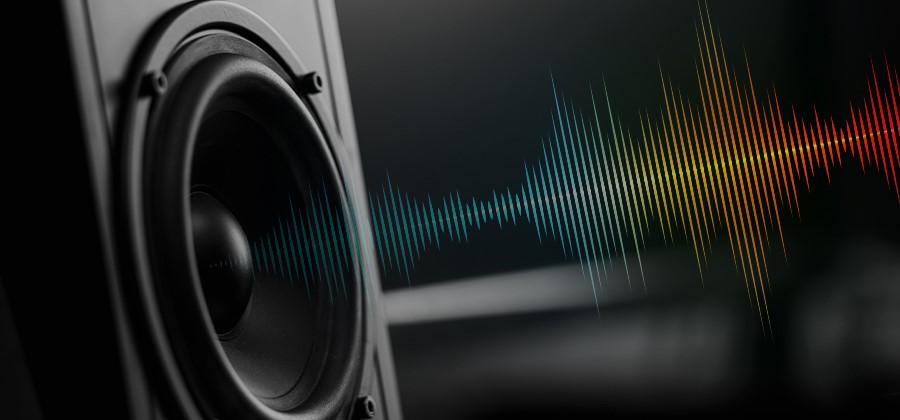
Sound is arguably one of the most important parts of any event or conference and can really make or break months of hard work, let alone reputation.
You want your event to be remembered for all the right reasons and you certainly don’t want comments like…

From time to time things go wrong, for example the technical difficulties during one of Donald’s Trump campaign rallies, the President slating you in front of millions because of a technical issue is something you definitely want to avoid. Having worked on a variety of events including large summits and conferences we understand the importance of getting it right. Our Essential Guide to Sound sets out the options and best practice when choosing systems, equipment and providers for events.
It’s important to choose the right type(s) of microphone for your event. The wrong choice can easily lead to major feedback, volume and operational issues. The most common type of microphones seen in the events and conferencing industry are; Handheld microphones, Headsets, Lapels, gooseneck and delegate microphones.
Handhelds
Handhelds are most commonly used for stage work and presenting. They’re best used as radio microphones as this gives the speaker the option to freely roam around without being restricted by a cable. They’ll only really pick up the sounds from directly in front of them which is why we can drive these louder than the other mics on the list.
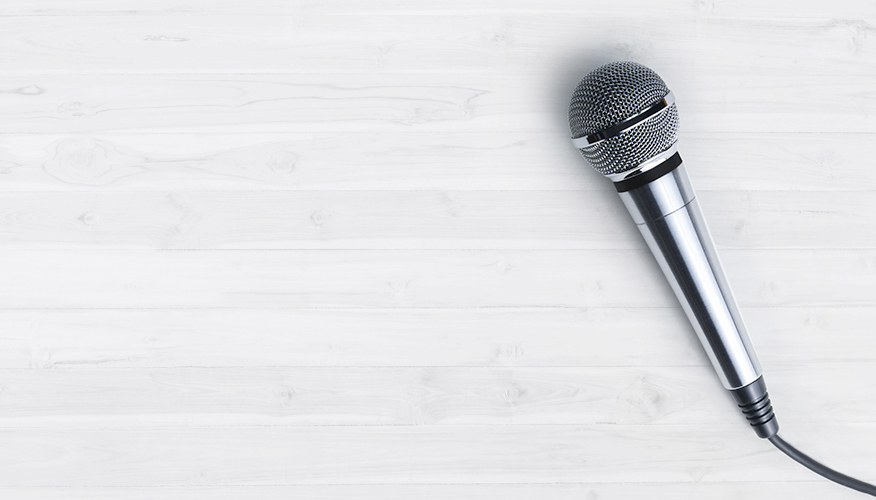
Headsets and Lapel mics
Headsets and Lapel mics are another type of radio mic commonly used for presenting and speaking on stage. Their small size means they can clip onto clothing giving the speaker more freedom with their hands and are more subtle than other alternatives. However, they are more sensitive than handhelds making them louder and more exposed to potential feedback meaning they’re best in a quiet environment.
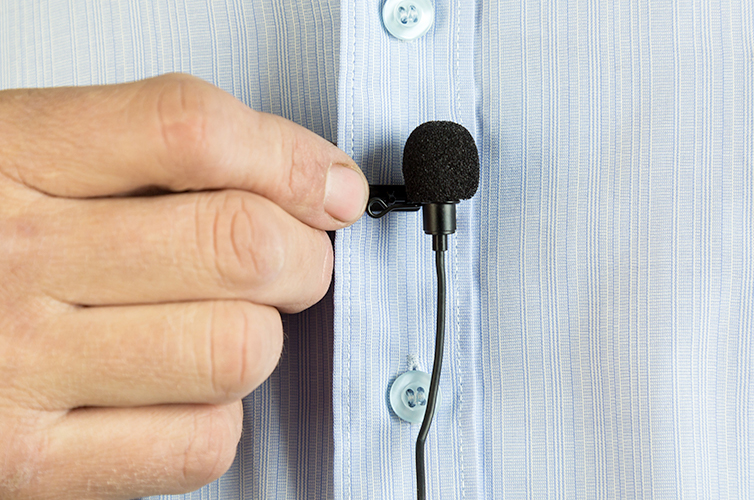
Gooseneck and delegate mics
Gooseneck and delegate mics are usually designed for large meetings and conferences but can also be used on podiums and plinths for speeches. Goosenecks are long and have an adjustable neck so when they are clipped on to a desk or podium they can be bent into the direction of the speaker. These are also sensitive so that the speaker doesn’t need to lean into it to be heard. Delegate mics are numerous mics that are all connected and are only activated (turned on) when told to (can be voice activated or button operated). These are only really used in large meetings like shareholders meetings or summits.

The CatchBox
There may be times during an event/conference when you want the audience to speak, whether it be a Q & A situation or just someone who wants to voice an opinion. Typically, we would have to wait patiently for a handheld mic to be given to the speaker which disrupts the flow of an event and is quite boring. The CatchBox is a foam box with a lapel mic and pack inside it designed to be thrown across a room without having annoying pops and bangs that mics tend to do when thrown. This will transform your event into something more fun, interactive and keep your audience’s concentration. However, you should consider whether it’s applicable for the type of event and audience you are working with, e.g if you were organising an European Union Leaders conference it would probably be inappropriate to be throwing a cube around the room.
Summary
When you’re organising an event it’s important to think carefully about the type of microphone your speakers/presenters will need. For example, if you had a large open room for a football awards ceremony with around 1000 people it may be best to give the presenter on a handheld mic however, if they need their hands (for giving out trophies maybe) perhaps a headset would be best as the mic will be closer to the presenters mouth which would make the signal from the mic louder than a lapel.
Main Tip: Speak to your presenters and understand their requirements before you select your microphones.
Radio mics can be a pain if you are not experienced with them. Like the radio in your car, your microphones can lose signal, get interference and pick up signals from other place’s so it’s crucial to set-up them up correctly before your event.
Firstly, make sure your chosen venue or suppliers have a licence to use it! Unfortunately, you can’t just buy a radio mic package and use it, you have to purchase a licence to use certain frequencies or band of frequencies. Usually most venues have radio mics which means they’ll have brought a licence so make sure they have one. If they don’t and you have an AV company doing your sound it’ll be up to them to make sure they have one.
Signal Drop-Outs
Signal drop-outs can be annoying and embarrassing, less experienced technicians always think it’s the batteries or a headset issue. However, this is rarely true. What’s usually happening is the frequency receiver is picking up the same signal multiple times but slightly delayed. When a transmitter (radio mic) outputs a signal into a room it rebounds off all the surfaces, the receiver will then pick up the most direct signal as well as the rebounded signals from around the room slightly later. These signals interfere with the original which causes the receiver to crash and the signal to drop out. To counter this issue most receivers come with two antennas in which it switches to the one with the strongest signal. It’s unlikely for both antennas to experience a drop out at the same time.
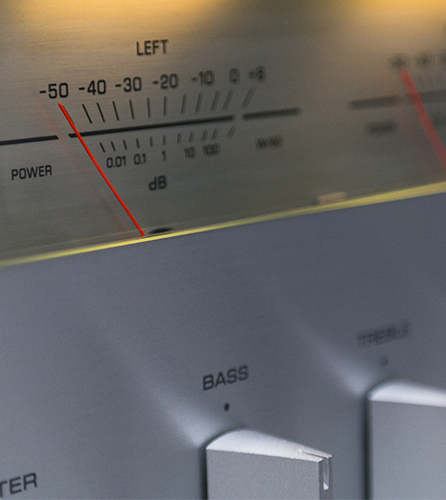
Main Tip: Make sure your AV provider is reliable, has the correct licenses, do thorough equipment checks in advance of the event and include spares.
Choosing the right speakers is dependent on the type of event you’re running. The type of event will have an impact on what sound system you need. For a small meeting, 10” or 12” speakers on their own would be fine, as only voices would be outputted, and they are subtle. However, for an awards ceremony you would probably want something with a larger range, e.g. 15/12” size speakers with an 15/18” Sub speaker.
It’s important to think about how many speakers you would need and where to place them. Sometimes having two stacks of speakers either side of the stage will mean you have to drive them louder to reach the audience. This will make feedback more likely if you’re using lapel or gooseneck mics. A way to counter this is by having more speakers dotted around the venue, that way you can keep the level up but not have to increase the mic levels as much (making feedback less likely). However, if this is your only option please make sure the speakers are all pointing in a similar direction and avoid having two speakers facing each other as this will cause phasing and make everything sound strange.
Main Tip: With Speakers, bigger isn’t always better! Positioning is key
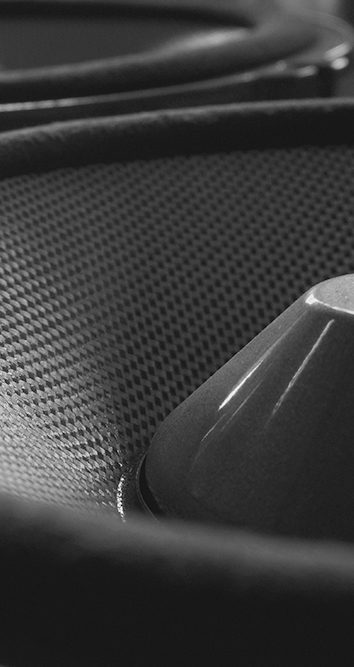
When organising an event make sure you have given people with hearing loss the opportunity to add any requirements they think they might need for the event, it is best to do this as early as possible to ensure you can provide the best equipment to make their experience positive. Ensuring there is no background noise or interference from microphones is a good start, but some delegates may have a more severe condition and need additional equipment such as a hearing loop. If required these should be tested and made available as an option for those who need it.
Main Tip: Some people with hearing loss may not have used a hearing loop before and will need a technician to discreetly run through how it works with them before the event starts. Discretion and sensitivity are important, don’t make too much fuss or create potentially embarrassing situations for people who need additional technology or support.
To Sum up, when thinking of your event make sure you’ve considered and checked the following…
For more information or to discuss your event, please contact us.
If you’d like to speak to us about how we might be able to help you with your next project, call us on 01507 607783 or fill out this form and we’ll be in touch in a jiffy.
|
You should also read…
How to create a positive impact on your new recruits!
An exciting new venture with P&O Ferries offers unique conference & events service
We believe that the demand for eLearning will continue to grow during 2017 and that the technology and methodology will evolve to meet onlin…